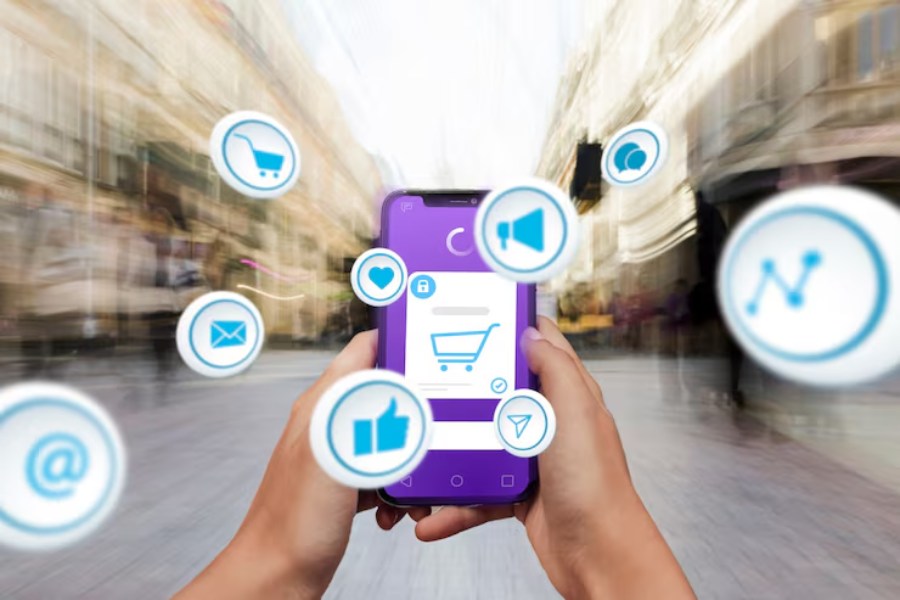Shopping today feels different than it did even a few years ago. You might notice that when you browse online or walk into a store, you’re greeted with offers, products, and reminders that seem made just for you. That’s because retailers now rely on data to shape each step of the shopping journey.
This shift isn’t just about selling more. It’s about building stronger connections with shoppers. Brands know that customers expect convenience and relevance. If a store doesn’t meet those expectations, people move on quickly.
In this article, we’ll look at how retailers collect data, the ways they use it for personalization, the challenges they face, and what the future of data-driven shopping could look like.
Understanding Customer Data in Retail
Retailers collect a wide range of data. They track purchase history, browsing behavior, loyalty program activity, and even how long you spend on a web page or in an aisle. All of this helps them build a profile of who you are and what you might want next.
Before exploring how personalization works, it helps to understand what is data analytics. Analytics is the process of taking raw information and turning it into clear insights. In retail, this means finding patterns that can predict behavior or guide decisions.
Data can also come from surveys, feedback forms, and even social media interactions. When combined, these sources give a more complete picture of customer preferences. That information lets retailers decide what products to promote, when to reach out, and how to make offers feel personal rather than generic.
Creating Personalized Recommendations
One of the most familiar ways data shows up in retail is through product recommendations. When you’re shopping online and see a “You may also like” section, that’s data at work. The system looks at what you’ve viewed or bought and then suggests other products that fit your habits.
In physical stores, staff can also use data to make better suggestions. If a shopper has bought certain items before, sales associates may suggest products that match those preferences. A person who buys running shoes might be shown fitness trackers or activewear.
These recommendations not only help customers find what they want faster but also encourage them to discover new products they may not have considered. The result is a more enjoyable shopping trip and often a higher chance of making a purchase.
Tailoring Marketing Messages
Marketing is another area where personalization makes a big difference. Instead of sending the same email or ad to every customer, retailers segment their audiences into groups. New customers might get a welcome discount, while returning customers may get a loyalty reward.
Messages are also shaped around what people looked at but didn’t buy. If someone added a product to their cart and left, they might receive a reminder with a gentle nudge to complete the purchase. Customers who browse specific categories may see ads that match their interests.
This targeted approach makes marketing feel more useful. Customers are more likely to open an email that speaks to their needs instead of ignoring something that feels generic. For retailers, it means better engagement and stronger connections with shoppers.
Enhancing In-Store Experiences
Personalization doesn’t stop online. Many retailers are now using data to improve visits to their physical stores as well. Loyalty programs, apps, and in-store kiosks connect customer history with the current shopping trip.
A shopper who scans a loyalty card might get special discounts based on what they’ve bought in the past. Mobile apps can also deliver location-based offers when someone walks into a store or even into a certain department.
Retailers also study shopping patterns to improve store layouts. By analyzing where customers spend their time, designers can create spaces that facilitate the discovery of popular products or encourage browsing.
Building Stronger Customer Relationships
Personalization is about more than short-term sales. It helps retailers build stronger, long-term relationships with their customers. When people feel like a brand understands them, they are more likely to return.
Think about the difference between a store that remembers your favorite items and one that treats you like a stranger every time. The first makes you feel valued. That feeling of being recognized builds trust, and trust turns into loyalty.
Over time, personalization also helps retailers raise the lifetime value of each customer. Small gestures, like reminding someone when a product they often buy is back in stock, create a bond that keeps shoppers coming back again and again.
Challenges Retailers Face with Personalization
As powerful as personalization can be, it comes with challenges. One of the biggest is privacy. Shoppers are more aware of how their data is used, and they want to know that it’s handled responsibly. Retailers must be transparent about data collection and give customers control over how their information is used.
Another challenge is avoiding over-personalization. If a retailer makes recommendations that feel too specific or appear too often, customers may feel uncomfortable. Personalization should feel helpful, not invasive.
Retailers also face technical challenges. Bringing together data from different sources—online stores, apps, physical locations—takes time and resources. Without clean and consistent data, personalization won’t be effective.
The Future of Data-Driven Shopping
The role of data in retail is only going to grow. Advances in technology are opening new doors for personalization. Machine learning can now predict what customers want with more accuracy. Artificial intelligence can adjust recommendations in real time, making shopping feel more dynamic.
Virtual try-on tools and interactive displays are also becoming part of the shopping experience. These innovations use customer data to suggest sizes, colors, or products that fit a shopper’s preferences.
In the future, shopping may become even more seamless. Online and in-store experiences will blend together, with customers moving easily between the two. Retailers that use data responsibly and creatively will be the ones that stand out.
Data is changing the way people shop. Retailers use it to suggest products, shape messages, improve in-store visits, and build lasting relationships. At the same time, they must handle challenges like privacy and over-personalization with care.
The future of retail will be more connected and more personalized than ever. Customers will continue to expect brands to know their needs and respect their choices. For retailers, using data wisely isn’t just a way to boost sales—it’s the path to stronger trust and loyalty.







